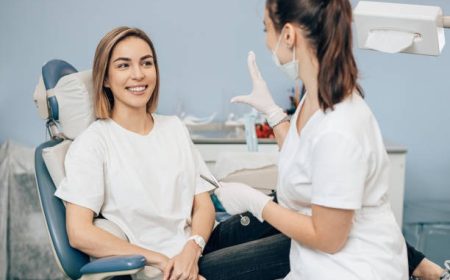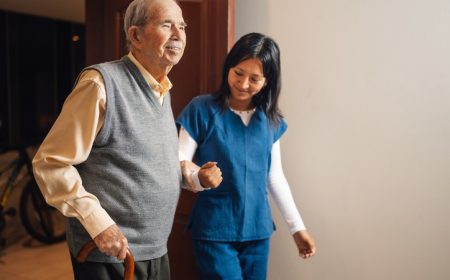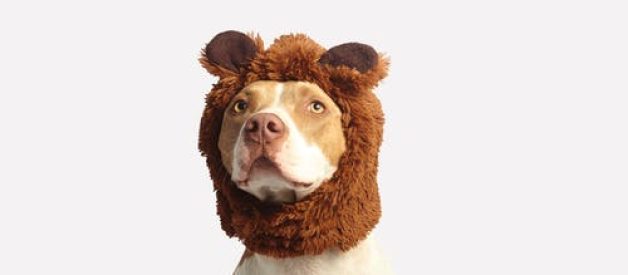Understanding the complexities of post-surgery care for your beloved pet can be overwhelming. This guide aims to demystify the journey from surgery to recovery. We cover it all, from understanding the significance of post-op care, managing nutrition, and ensuring adequate rest to dealing with potential emergencies.
So, if your furry friend is scheduled for surgery or recently had one, stay tuned as we venture into the essential steps to ensure a seamless recovery for your pet.
Understanding the Importance of Post-Surgery Care
Did you know pet recovery time from surgery is as crucial as the operation? Once your pet has undergone surgery, there’s an immediate need for adequate dog after-surgery care. This could mean anything from arranging their appropriate resting area to strictly adhering to approved dietary practices. Proper post-surgery care ensures their healthy and speedy recovery!
Restoring Health Through Rest After Pet Surgery
Optimal rest can significantly enhance your pet’s recovery after a vet surgery. Having a restful period supports healing and ensures that your pet regains strength healthily.
- Comfortable Resting Space: Ensuring your pet has a cozy, quiet resting place is paramount. This might include their favorite bed, a blanket, or a special pillow they enjoy. Make sure this space is far from busy areas to minimize disturbances.
- Discourage Excessive Movement: Rest means minimal movement. While pets are expected to move around a bit even after surgery, it’s important to discourage them from being overly active. This principle extends to playtime, too, as your pet should avoid strenuous activities that might delay healing.
- Removal of Distractions: A calm atmosphere can promote restfulness. This involves turning off noisy appliances that disrupt your pet’s sleep, isolating your recovering pet from other pets at home, and keeping your pet’s space dimly lit, especially during their rest.
- Cage Rest: For some pets, particularly those prone to over-excitement or problems with over-stimulation, your vet might advise cage rest for optimum recovery. Ensure the crate is spacious enough for your dog to turn around and stretch but confining enough to limit intense physical activity. Add a soft bed or blanket to keep your pet comfortable.
The Role of a Comfortable Environment
A comforting environment helps speed up recovery. This would mean a comfortable bed, their favorite blanket, and toys. However, avoid encouraging activity that may strain their healing body. Implement adaptations to the environment, like temporary ramps or steps where necessary. While it may seem counterintuitive, protective collars for pets also prevent them from unpleasantly impacting wound and stitches care.
Nutrition for Recovery
Your pet’s body requires fuel to recover; therefore, they need nourishment for recovering pets. This may involve their usual dog food after surgery or, on occasion, a specialty diet post-surgery. It’s essential to remember that proper nutrition involves what they’re eating and how much and when. Small, frequent meals are usually recommended right after surgery.
Role of Hydration and Medication in Recovery
Hydration after surgery is as crucial as a healthy diet. Ensure clean drinking water is accessible to them at all times. Regularly monitoring toileting after pet surgery helps keep tabs on their hydration status. Any abnormalities like frequent urination or none at all need immediate veterinary support after surgery.
Prescribed medication for pets aids in dealing with post-op pain or preventing infection. Adhering to dosage and frequencies is quintessential in this case.
Managing Wounds Post-Surgery
Post-surgery, your pet may have surgical wounds requiring your attention. Such wound and stitches care is pivotal in their recovery journey. They might lick and nibble at their stitches unattended, causing further harm. Direct supervision and protective gear for your pets can circumvent this problem.
Emergency Veterinary Care
Sometimes, despite our best efforts, unexpected symptoms might surface. Be alert for any symptoms after pet surgery, like an unusual dip in energy, refusal to eat, or aggressive behavior. In such scenarios, an emergency veterinary consultation becomes the need of the hour.
You can check out here some services you can get during pet emergencies.
The Necessity of Regular Vet Checkups Post-Surgery
Monitoring Recovery Progress
The healing journey of your pet post-surgery is a gradual process that requires careful monitoring. Regular vet checkups are an indispensable part of this process as they accurately measure your pet’s recovery progress. Veterinarians use these checkups to analyze how well the surgery site is healing, observe your pet’s energy level and demeanor, and consider other vital signs and behaviors.
These assessments equip your medical team with essential information to keep the recovery on the right path.
Medication Adjustment and Lifestyle changes
Post-surgery circumstances may sometimes call for medication alterations or dosage adjustments. Regular visits to the vet can facilitate these modifications based on your pet’s unique healing process and response to the surgery. A regular checkup also provides the opportunity to alter dietary or exercise recommendations based on the progression of recovery, aiding in the process of resumed normalcy for your pet.
Open Communication With Your Vet
Pet owners can maintain an open dialogue about services, such as dog shots in Modesto, CA, through regular checkups with their vet. This can be crucial in successfully managing the post-surgery period. They can voice concerns, seek clarifications, and receive advice tailored to their pet’s changing needs. Moreover, these consultations can serve as an educational platform for pet owners, helping them better understand and contribute to their pet’s swift and complete recovery.
Final Thoughts
Post-surgery care is vital in ensuring your pet’s swift and safe recovery. By managing rest, environment, nutrition, and wounds and keeping communication lines open with your vet, you facilitate their safe passage back to their active and happy selves. Remember – love, care, and patience are your most potent tools in this process.








